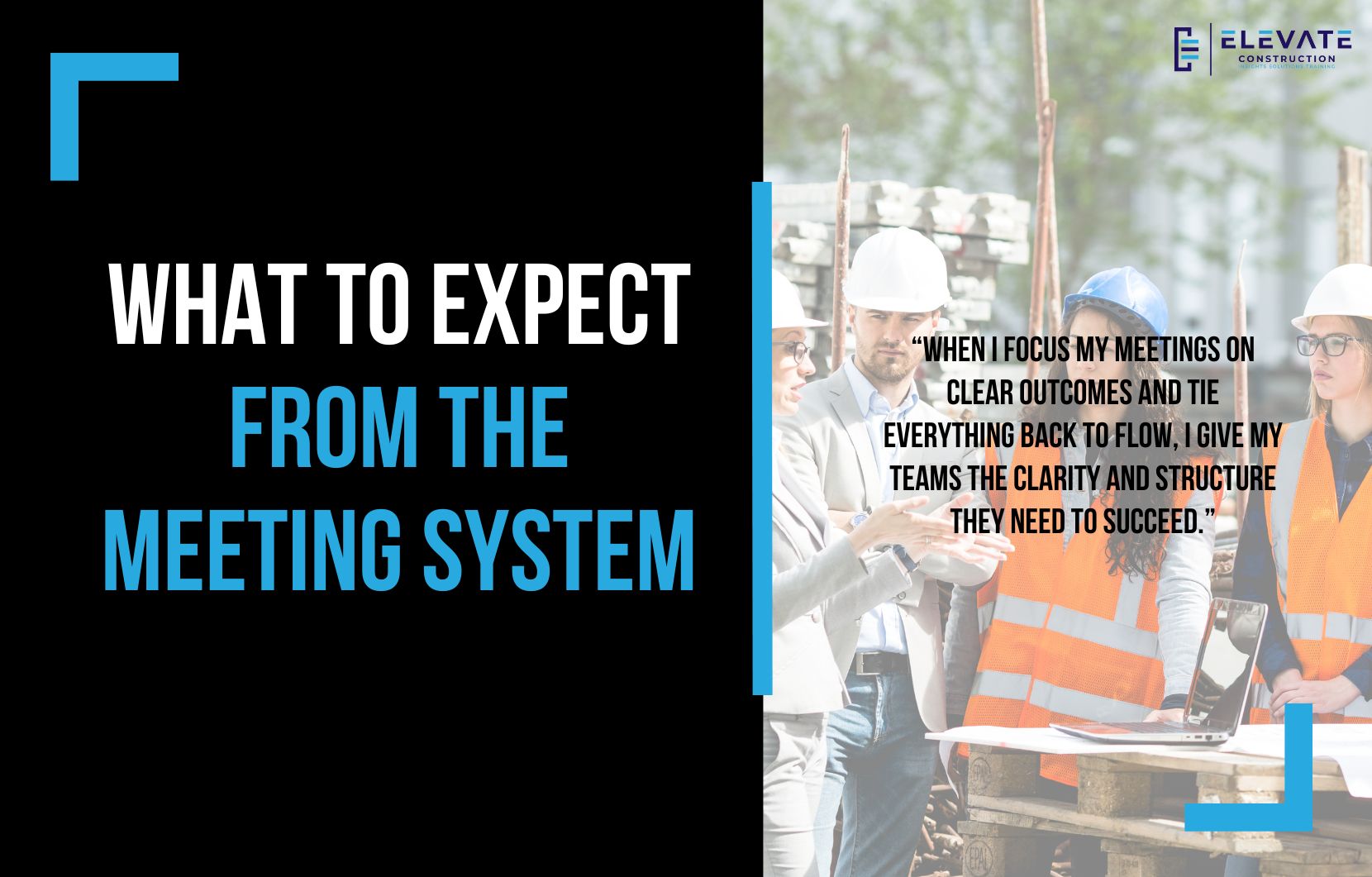In construction, the way we structure our meetings and planning systems can make or break the success of a project. Over time, I have seen patterns that either drive productivity forward or stall it completely. One of the most damaging practices I continue to see is when teams ask trade partners to create their own weekly work plans and submit them separately for someone else to combine. At first glance, it may seem harmless, but this practice wastes time, destroys flow, and undermines the entire Last Planner System.
The idea of each trade generating a separate weekly plan is based on a flawed belief that construction can be managed through fragmented inputs stitched together after the fact. The problem is that these plans rarely align with the pull plan, they often ignore the six-week lookahead, and they completely disconnect from the milestones that should guide the project. Instead of creating alignment, this approach breeds confusion and wastes the capacity of trade partners who should be focusing on zone control, roadblock removal, and flow.
Even worse, I often see these disconnected weekly plans converted back into a CPM schedule, which is then filtered into yet another weekly plan and distributed to the trades. The result is a cycle where information gets buried in layers of complexity until no one trusts the plan, and trade partners simply ignore it. This is command-and-control thinking dressed up as lean, and it hurts projects more than it helps.
The right way to approach planning is straightforward. Start with a pull plan tied to a milestone that is based on proper zoning. From there, develop a tact plan that provides structure and flow. The six-week lookahead should filter from this production plan, not from disconnected guesses or a bloated CPM schedule. During the trade partner weekly tactical, roadblocks should be removed, resources confirmed, and commitments secured. That produces a flowable weekly work plan that the team can actually rely on.
From this system, the day plan becomes a natural extension, ensuring that crews have the permissions, tools, and clarity needed for tomorrow’s work. Finally, percent plan completion should be tracked honestly, capturing both the commitments kept and the quality of handoffs. When each meeting serves its true purpose, the entire production system works as intended.
To make this stick, it helps to clarify what outcomes we should expect from each meeting in the Last Planner System. In the pull plan session, the outcome is clear zoning, coordinated sequencing, realistic durations, and buy-in from the trades. In the team’s weekly tactical, the outcome is balance, ensuring people have the right coverage and space for PTO while still protecting flow. In the strategic planning and procurement meeting, the goal is an updated master production plan and procurement log, with materials secured on time.
During the trade partner weekly tactical, the outcome must be a flowable six-week lookahead, a realistic weekly work plan, and a shared commitment from the team. At the day’s plan, the outcome is clarity for tomorrow with everything ready. In the percent plan complete session, the outcome is a true reflection of promises kept, buffer management, and roadblock removal effectiveness.
The common thread across all of this is flow. If your planning meetings do not serve the flow of work, then they are failing. If your weekly work plan is created by compiling separate trade submissions, you are wasting time. If your CPM schedule is being treated as the source of truth, you are relying on a tool that cannot create flow. And if your meetings are being held without a focus on specific outcomes, you are adding noise instead of clarity.
Construction thrives on clarity, commitment, and flow. When we honor these principles, the Last Planner System becomes more than a process, it becomes a way of building projects with respect, trust, and reliability. When we misuse it, layering unnecessary complexity, we sabotage the very outcomes it was designed to deliver.
Key Takeaway
When I focus my meetings on clear outcomes and tie everything back to flow, I give my teams the clarity and structure they need to succeed.
If you want to learn more we have:
-Takt Virtual Training: (Click here)
-Check out our YouTube channel for more info: (Click here)
-Listen to the Elevate Construction podcast: (Click here)
-Check out our training programs and certifications: (Click here)
-The Takt Book: (Click here)
Discover Jason’s Expertise:
Meet Jason Schroeder, the driving force behind Elevate Construction IST. As the company’s owner and principal consultant, he’s dedicated to taking construction to new heights. With a wealth of industry experience, he’s crafted the Field Engineer Boot Camp and Superintendent Boot Camp – intensive training programs engineered to cultivate top-tier leaders capable of steering their teams towards success. Jason’s vision? To expand his training initiatives across the nation, empowering construction firms to soar to unprecedented levels of excellence.
On we go

